The Church of Saint John the Theologian is located on the southwestern side of Margarites village in the Mylopotamos region of Crete. This single-aisled, vaulted church features remnants of frescoes and an impressive stone templon (iconostasis). Three blind arches adorn each side of the church. The entrance has a carved limestone doorway, and the upper parts of the interior walls have holes with embedded vessels, designed to improve the church’s acoustics.
Originally, the church was either larger or connected to another building of unknown purpose, as evidenced by the surrounding ruins, which include three apses. An inscription indicates that the frescoes date back to 1383 and were funded by the priest Georgios Klados. The iconographic program includes scenes from the life of Saint John the Theologian.
Margarites is home to several other churches, including those dedicated to Saint John the Theologian, Saint Basil, Saint Panteleimon, Saint John the Baptist, and Saint Paraskevi. There is also a second, older church dedicated to Saint John, adorned with frescoes, where images and symbols of the post-Byzantine era are still visible in many places.
In the lower part of the village (Katochori), there are churches dedicated to Saint Nicholas (where the old cemetery was located) and the Panagia Keropoula, dedicated to the Annunciation of the Theotokos.
In the upper village (Panochori), there is an old church dedicated to Saint John the Theologian, with frescoes and a carved stone templon. This church has suffered significant damage over time, particularly during the German occupation when the Germans took stones from the church to build their monument. According to local accounts, the church would have been completely destroyed had three of the Germans involved not died that night.
Key Points
- Construction Period: 14th century (frescoes date to 1383)
- Location: Margarites, Mylopotamos, Crete, Greece
- Historical Significance: Contains well-preserved frescoes from 1383, offering insights into the religious art and iconography of the period.
- Current Status: Partially ruined, but still standing. Frescoes are visible.













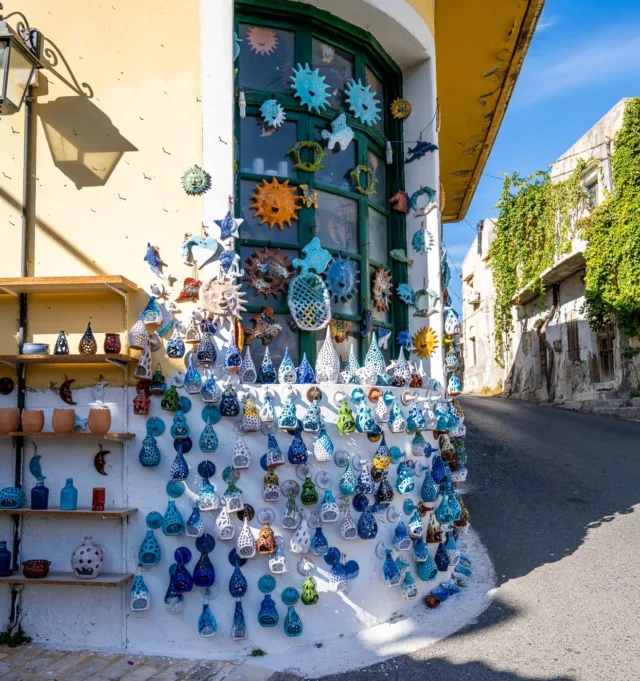



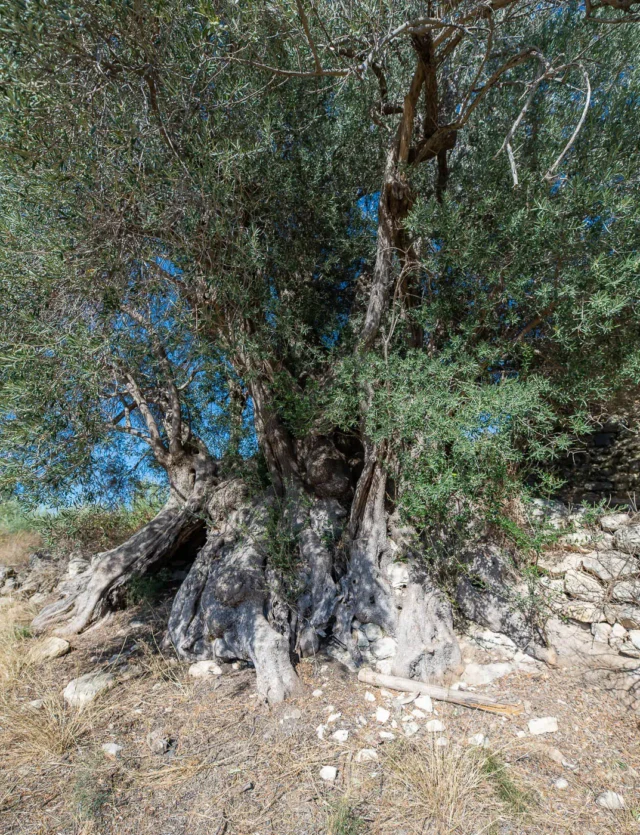

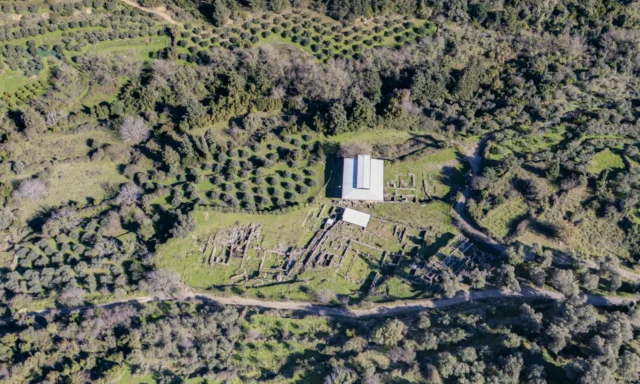
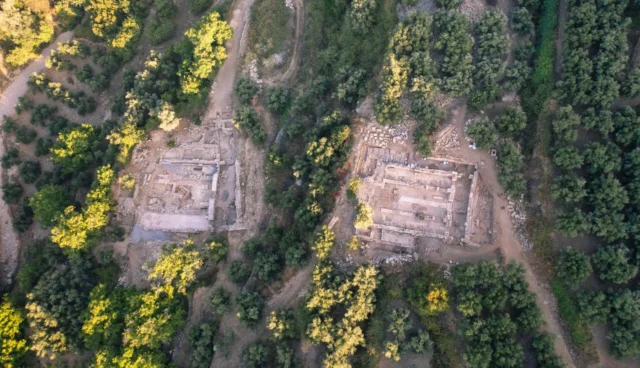
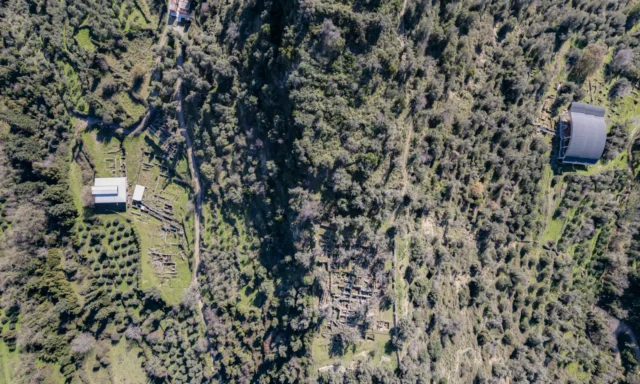
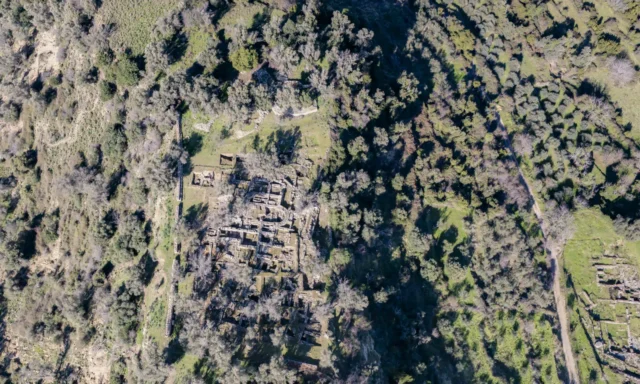
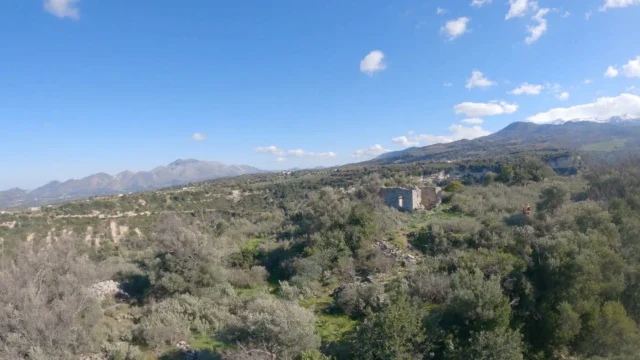

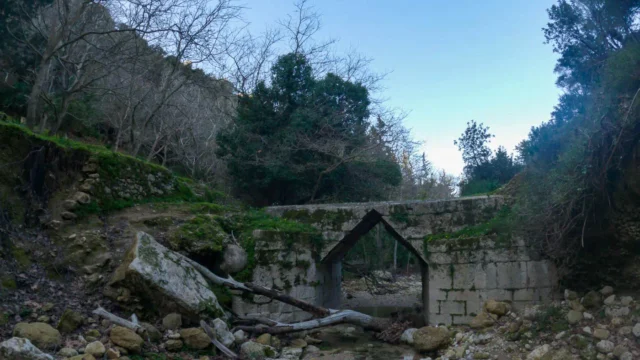
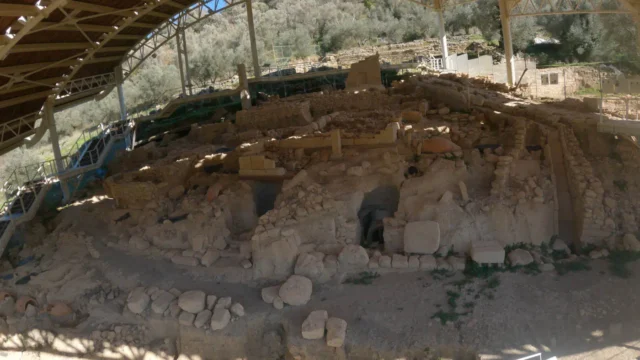
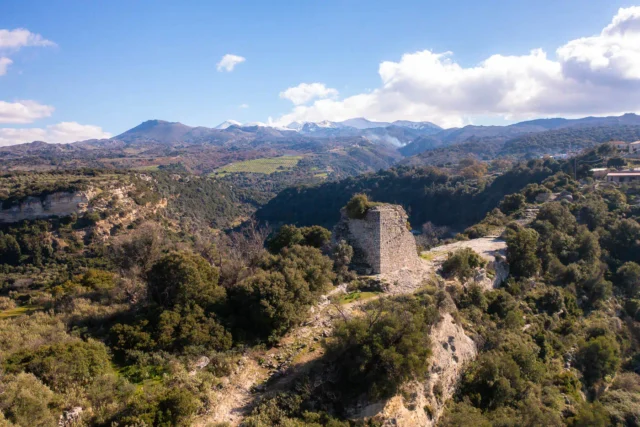
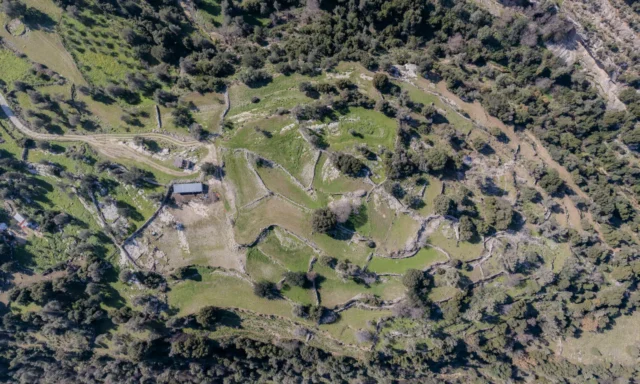

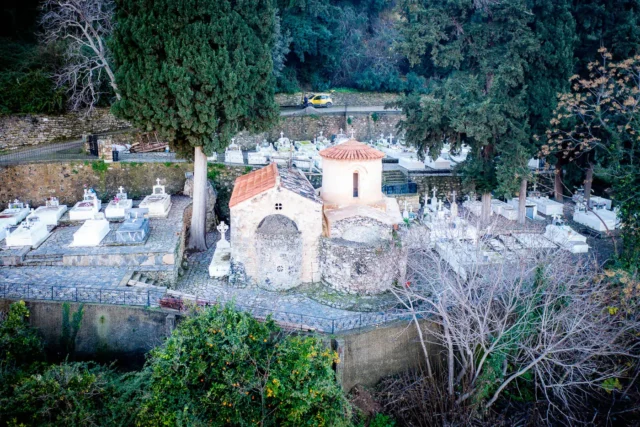
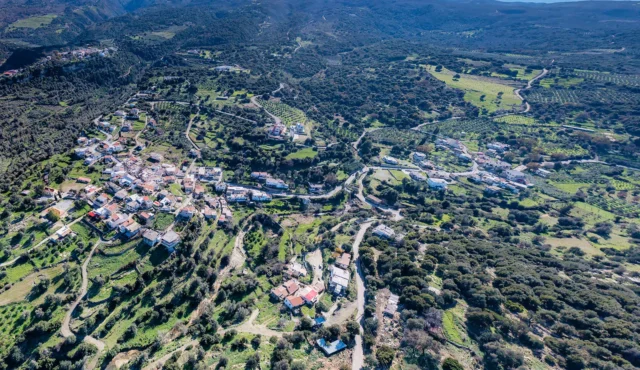
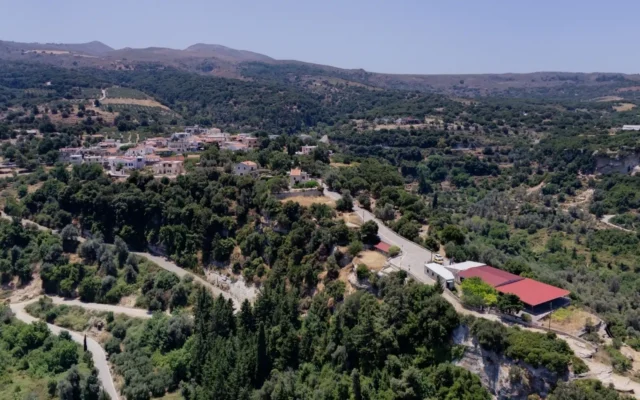

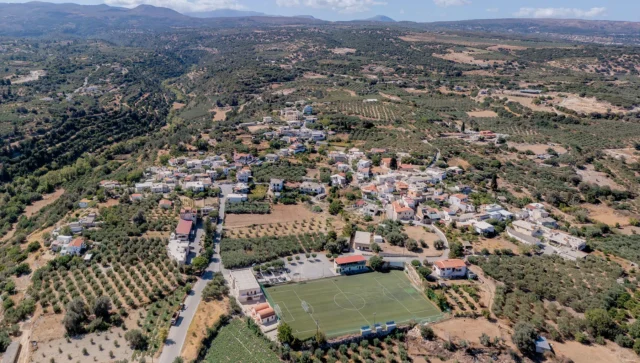

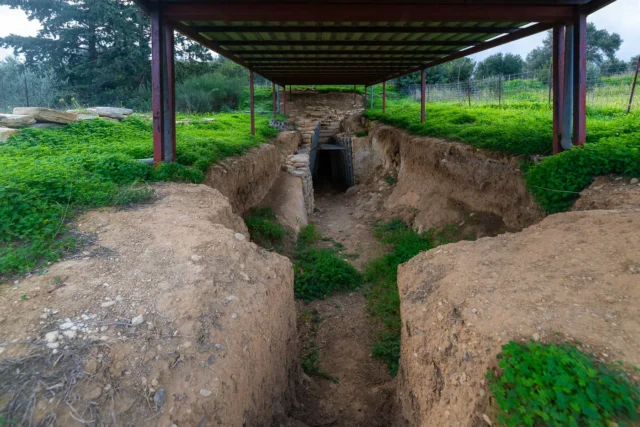



There are no comments yet.